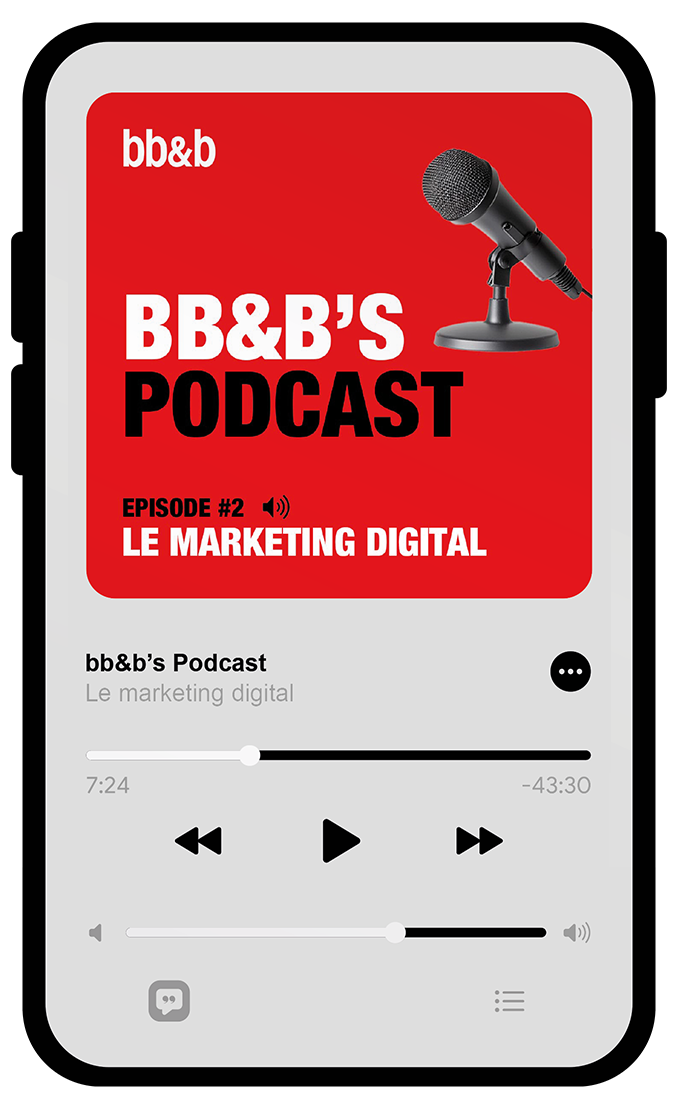© 2025 bb&b communication et marketing industriel
Aligning B2B sales, marketing (and communications) to drive better deals has always been a delicate exercise. It is becoming increasingly important as b2b buying cycles take longer, become more fragmented, involve more people and are less linear overall. At the same time, vendors are getting involved later and later in the buying cycle.
At a recent E3 network conference in Cologne, hosted by fellow agency ZUK, we explored the alignment of sales and marketing in B2B markets, with insights from Sina Gansel (Simon Kucher) and Monty Weber (LinkedIn). Figures presented by Monty Weber underpin the trends we all observe in B2B sales:
• buying cycles for new customers average 4–6 months (up 27% from 2022–2023),
• 67% of the journey is digital,
• 50% end with no decision,
• 13 content pieces are consumed on average before a decision is made,
• 95% of buyers aren’t ready to buy on a given day,
• 90% complete their journey before contacting vendors.
What conclusions can we draw from these insights?
1. The linear process where Marketing (supported by Communication) generates leads that Sales will then convert into customers, is definitively broken.
2. A complex, if not to say “chaotic”, purchasing process prevails where multiple stakeholders consider multiple (digital) touchpoints before making a buying decision.
3. Potential new customers stay anonymous throughout a significant portion of the buying cycle and contact vendors once part of the decision has already been made.
4. Consequently, vendors need to coordinate marketing and sales functions continuously and better than before if they want to control and influence an increasingly fragmented buying process.
Alignment between sales and marketing hinges on knowing who potential customers are, what they expect, and what information they seek during their decision-making. Once these key insights have been gathered and processed, we can build a buyer journey that provides the required mix of push and pull marketing elements. By push, we mean advertising to potential targets, for example via LinkedIn ads or emails, while pull means providing appropriate information, for example via Google ads and the website, to targets who are already actively looking for it.
As Sina Gansel put it, value selling starts with a good understanding of customer needs and the perceived performance of your offering. However, perceived value is not the same for all prospects. Matching your offering to the customers who value it most is increasingly important. This is where branding comes in. In a complex B2B marketing and sales process, targeting unknown buyers, branding is key. Having a crystal clear brand and value proposition increases the likelihood that a match will be made with the least effort and the highest perceived value, no matter how uncertain the process.



